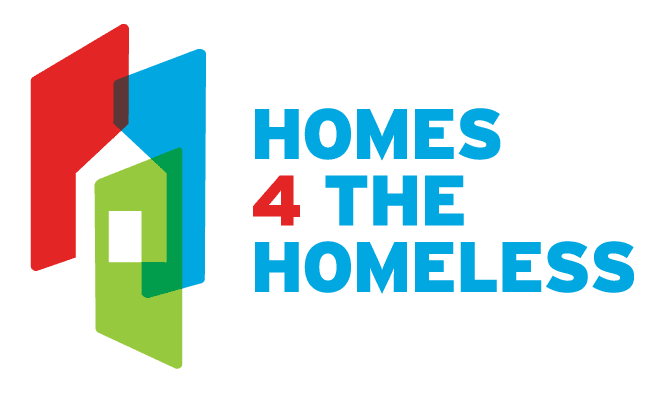How the UK’s Financial Inclusion Strategy Helps People Work, Rent, Save, and Recover from Abuse
An upcoming pilot program in the UK will waive the requirement for a physical address in order to open a bank account, allowing homeless people to access banking as easily as everyone else can.
The move could have a knock-on effect, since many people face difficulty applying for jobs or securing rental accommodations without access to a bank account.
The New Financial Inclusion Strategy
The UK government will partner with the registered charity Shelter, which will corroborate details of prospective customers’ applications using information held in its own database. Advocates from Shelter will also accompany individuals involved in the pilot program to face-to-face meetings at local bank branches. These extra steps ensure that banks are satisfied they are meeting all their fraud-prevention obligations before opening the new account.
This pilot program is an expansion of an earlier version conducted in partnership with HSBC. Since 2019, HSBC has opened 7,000 accounts for unhoused people, and now the program is expanding to cover the five major UK banks: Lloyds, NatWest, Barclays, Nationwide, and Santander. This expansion will improve access for everyone and give people a greater choice in their banking products.
To facilitate this, the government has committed to restoring face-to-face banking services by rolling out 350 new banking hubs. Brick-and-mortar banks have been declining for some time, but this new effort will make sure that banking services are available to anyone who wants them.
Economic Secretary to the Treasury Lucy Rigby described the program as a step forward for everyone, saying, “No one should be locked out of the chance to build a better future. Our strategy gives people the tools to get on and boosts the economy by supporting more people back into work.”
Credit Score Recovery for Survivors of Domestic Abuse
The new financial inclusion strategy also includes provisions to help survivors of domestic abuse rehabilitate their credit scores. Since domestic abuse is a key driver of homelessness for many women, this benefit could help a lot of homeless people as well. It may even be the difference between becoming homeless after escaping abuse or being able to transition into alternate housing.
Financial abuse is one of the most common types of domestic abuse, and it can do lasting damage that is difficult to recover from. It may manifest as the abusive partner keeping total control over the family’s finances, or deliberately destroying their partner’s finances by taking out loans in their name, tanking their credit score, or even sabotaging their work in order to get them fired. It’s one of the factors that makes it so difficult to actually leave an abusive relationship; the alternative is too often poverty.
This new program attempts to reverse some of that harm done by working with credit agencies to address unfair credit score damage caused by economic control. Rather than having to explain their situation to each creditor, there is now one streamlined form to fill out called the Economic Abuse Evidence Form (EAEF). This allows the victim to explain the situation once, provide their evidence once, and then have that information distributed to all of their creditors.
So far, it’s cut down on requests for more information by about half. This will allow survivors to start their recovery on an even playing field rather than having to dig themselves out of a huge hole while continuing to relive what happened to them during an already challenging time.
Sam Smethers, Chief Executive Officer of Surviving Economic Abuse, praised the changes, saying, “For far too long, domestic abusers have stolen victim-survivors’ futures – forcing them into debt and destroying their credit scores with life-shattering consequences. This strategy provides a golden opportunity to help survivors rebuild their lives by restoring their credit scores. It’s one we must seize so that credit reports reflect victim-survivors’ creditworthiness, not the economic abuse they have experienced. No survivor should be left paying the price for an abuser’s crimes.”
Other Changes
The new financial inclusion strategy also includes provisions to make it easier for companies to set up salary sacrifice systems that allow employees to set aside a certain percentage of their salary as savings. This is meant to address the rising number of families with little to no savings set aside for emergencies, though, of course, it’s only useful if they have enough salary to sacrifice some for savings in the first place.
It will also expand the financial education that’s offered in school to ensure that children are equipped with the tools and information necessary to understand money and make financial decisions that work for them in the future. The national curriculum will now include things like learning how to calculate interest and the fundamentals of money that children need to learn now that they’re entering the consumer world at an earlier age.
The First Steps to a Brighter Future
These changes have been carefully designed to level the financial playing field a bit and make basic tools and education accessible to all. But they may have a greater overall effect than anticipated.
As Jas Singh, CEO of Consumer Relationships at Lloyds Banking Group, put it, “digital and financial exclusion aren’t peripheral issues – they can be significant barriers to feeling part of society, and supporting people to feel included and empowered is crucial. This is a massive step forward to improve access to banking for those who need it most, improving digital capability and confidence, and helping people to build a stronger financial future.”
Breaking down the barriers that keep poor and unhoused people from accessing certain areas of society is a powerful way to fight dehumanization, no matter how small a thing it may seem. It only seems small when you’re already on the other side of the fence.
